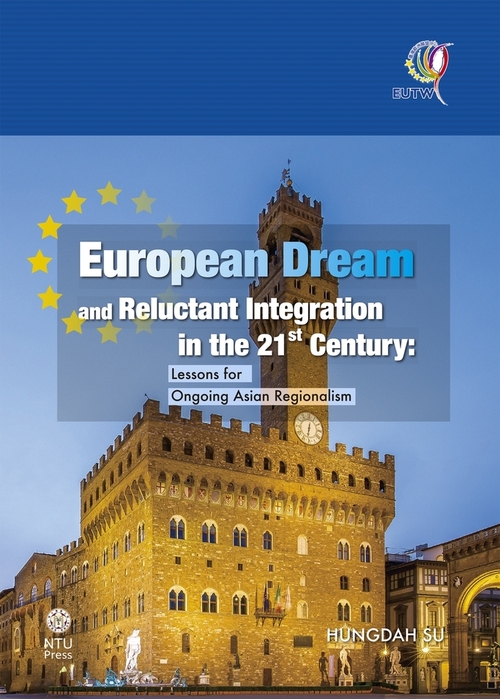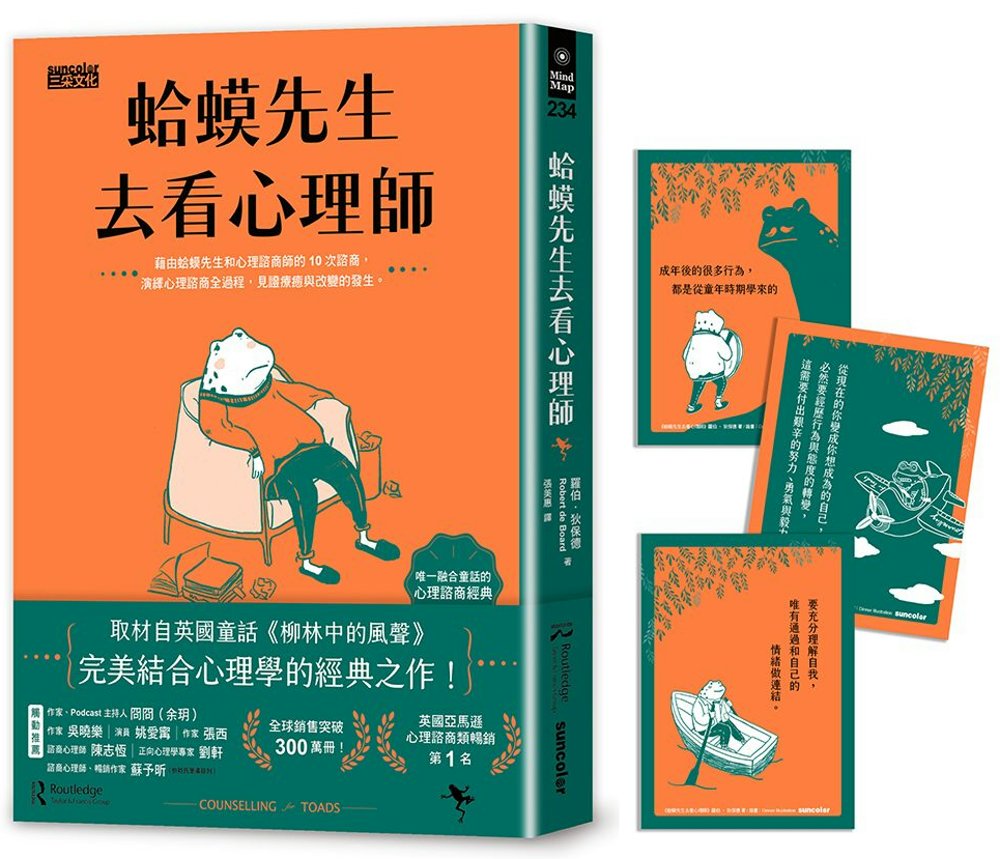| FindBook |
有 8 項符合
European Dream and Reluctant Integration in the 21st Century的圖書 |
 |
European Dream and Reluctant Integration in the 21st Century: Lessons for Ongoing Asian Regionalism 作者:Hungdah Su(蘇宏達) 出版社:國立臺灣大學出版中心 出版日期:2020-10-01 語言:英文 規格:普通級/ 初版 |
| 圖書選購 |
| 型式 | 價格 | 供應商 | 所屬目錄 | 電子書 |
$ 1564 |
地緣政治/外交 |
$ 1742 |
中文書 |
$ 1742 |
政治 |
$ 1742 |
Social Sciences |
$ 1782 |
地緣政治/外交 |
$ 1782 |
財經企管 |
$ 1782 |
教育學習 |
電子書 |
$ 1980 |
國際趨勢 |
|---|
| 圖書館借閱 |
| 國家圖書館 | 全國圖書書目資訊網 | 國立公共資訊圖書館 | 電子書服務平台 | MetaCat 跨館整合查詢 |
| 臺北市立圖書館 | 新北市立圖書館 | 基隆市公共圖書館 | 桃園市立圖書館 | 新竹縣公共圖書館 |
| 苗栗縣立圖書館 | 臺中市立圖書館 | 彰化縣公共圖書館 | 南投縣文化局 | 雲林縣公共圖書館 |
| 嘉義縣圖書館 | 臺南市立圖書館 | 高雄市立圖書館 | 屏東縣公共圖書館 | 宜蘭縣公共圖書館 |
| 花蓮縣文化局 | 臺東縣文化處 |
|
|
To avoid a repeat of those nationalist nightmares, a common European Dream emerged after WWII, which has since developed into some essential doctrines of European integration. This dream-inspired institutionalist context has framed intergovernmental bargaining, sectoral spillovers and transnational cooperation in European integration. The powerful European Dream has even encouraged Europeans toward closer integration, though they were, quite often, very reluctant to go further. This dream-driven approach and reluctant runner’s model have highlighted some fundamental realities of European integration, extremely inspiring for the future of the EU and the ongoing Asian regionalism.
This book consists of three parts and thirteen chapters. It aims to explain European integration, the EU’s role in global governance and the EU’s impact upon Asian regionalism with the help of the European Dream approach and reluctant runners’ model. Trump’s unilateralism, the rising tensions between the US and PRC and the COVID-19 pandemic may be a turning point for world politics. Both globalization and global governance have consequently slowed down, giving place to regionalism and inter-regionalism. This book hopes to contribute to the rising debate over European integration, Asian regionalism and EU-Asian inter-regionalism.
|











